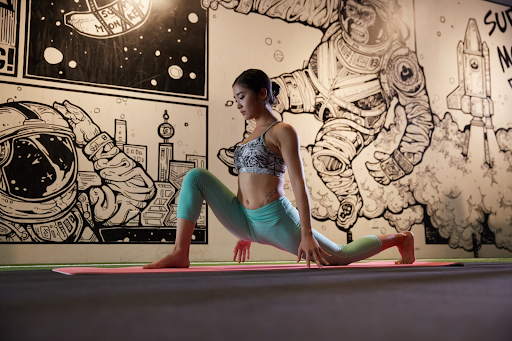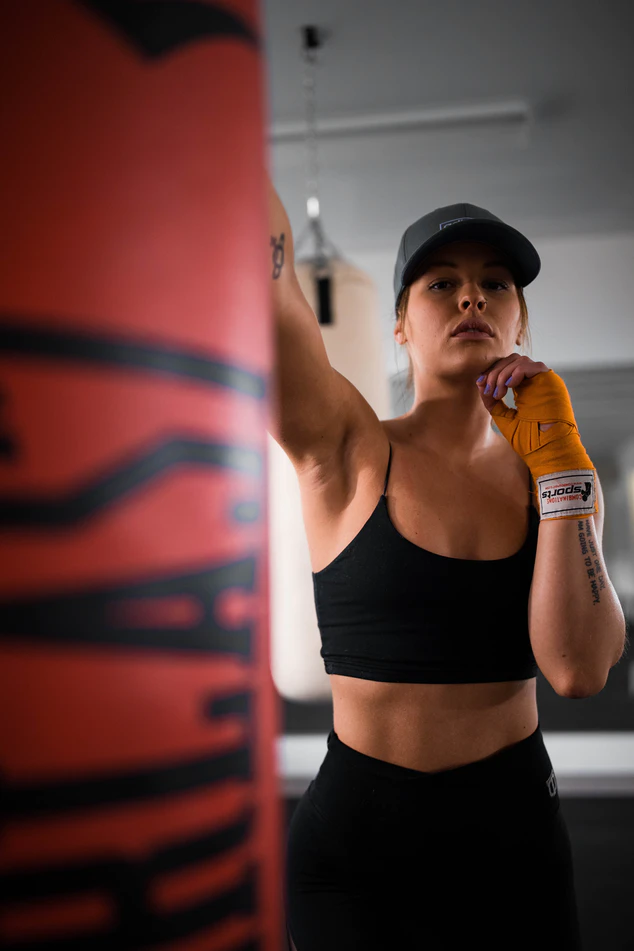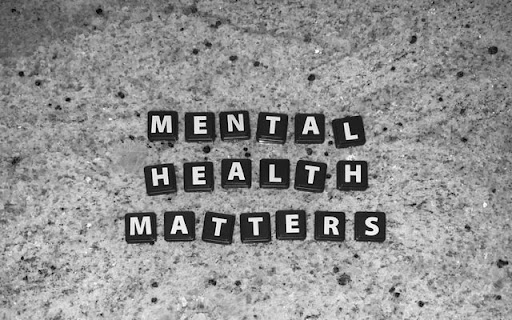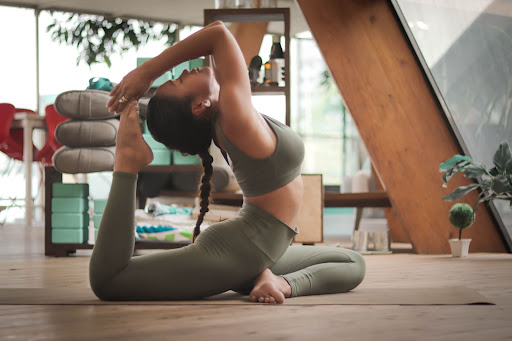Welcome to a deep dive into the often overlooked yet crucial aspect of sports―the psychological impact of injuries and the significance of mental resilience in recovery. While physical injuries are visible and tangible, the mental and emotional toll they take on athletes can sometimes be much harder to diagnose and treat.
This exploration aims to shed light on how psychological factors play a pivotal role in recovery, offering insights not just for athletes, but also for coaches, physiotherapists, and sports psychologists. The goal is to foster a better understanding and provide strategies to support athletes not only in their physical rehabilitation but in their mental recovery as well, ensuring a holistic path back to optimal performance.
The Hidden Battle: Navigating the Mental Maze Post-Injury
When an athlete faces an injury, it’s not just their body that is affected; their mind undergoes a parallel challenge. Imagine the intricate dance of thoughts and emotions as an obstacle course, where anxiety, frustration, and doubt are hurdles to overcome. This mental maze can be daunting without the right support and strategies. Recognized psychological impacts, such as identity loss, fear of re-injury, and diminished self-confidence, underscore the necessity of addressing mental health with the same rigor as physical rehabilitation. By integrating psychological resilience training and emotional support into recovery programs, athletes can be empowered to tackle this hidden battle, paving their way to not only recover but to thrive.
Navigating Social Obstacles: Understanding the Social Impact and Fears
Entering back into the social scene of sports and training after an injury can be just as challenging as the physical recovery process. Athletes often worry about how they’ll be perceived by teammates, coaches, and fans. Will they still be seen as reliable, strong, or skilled? There’s a fear of being sidelined not just in play but in the social dynamics of the team. Furthermore, the isolation from routine team activities and the camaraderie of training sessions while in recovery can fuel feelings of loneliness and disconnect. Recognizing and addressing these social fears are key. By fostering an inclusive and supportive environment, we can aid athletes in rebuilding their social confidence alongside their physical strength, ensuring they return to their sport as integrated and valued team members.
The Power of Positive Reinforcement and Mindset Shift
Recovery can feel like a never-ending journey, with ups and downs that can take a toll on an athlete’s mental state. It’s where the power of positive reinforcement and mindset shift come into play. Coaches and support teams have an essential role in this aspect, providing continuous encouragement, setting achievable goals, and fostering a positive mindset. In line with this, athletes can also learn to reframe their perspective and focus on what they can control rather than what is out of their hands. This shift in mindset can help them find motivation and purpose even in the face of adversity.
The Importance of Seeking Professional Help
While emotional support from coaches and teammates can be integral, it’s also crucial for injured athletes to seek professional help from sports psychologists and staff at a trusted sports medicine center. These experts understand the unique challenges of athletes and can provide tailored support to address specific mental health concerns. By destigmatizing seeking help, we can create a safe space for athletes to share their struggles and receive the necessary support.
Injuries may be an inevitable part of sports, but the psychological impact doesn’t have to be. By understanding the hidden battle of navigating the mental maze, addressing social fears, harnessing positive reinforcement and mindset shift, and seeking professional help when needed, we can support athletes in their journey to bounce back stronger from injuries. Prioritizing not just physical recovery but also mental well-being in sports can create a more holistic and empowering environment for all athletes.














